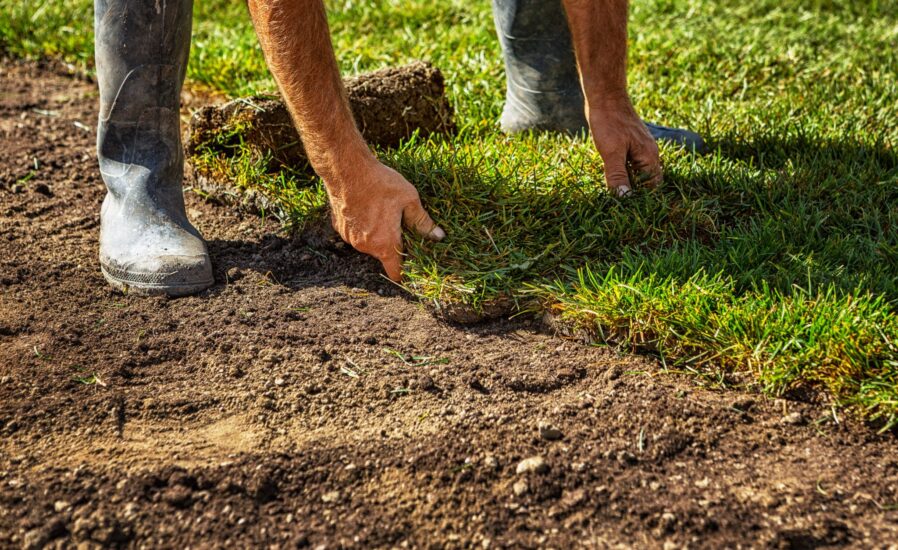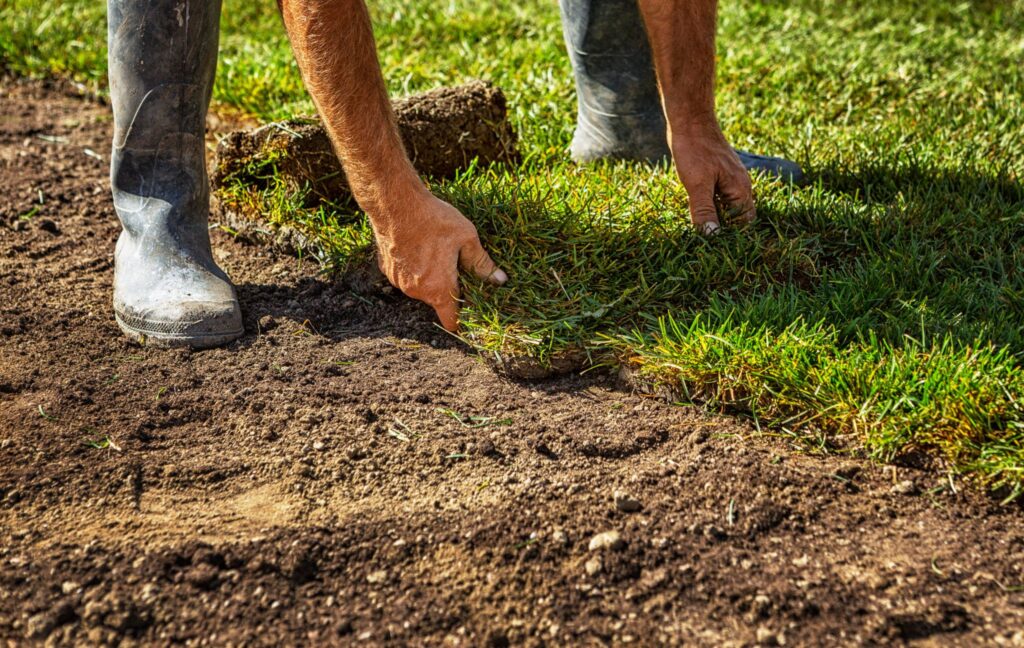
Introduction: Are you tired of looking at bare patches and thinning turf in your yard? It’s time to take action and revive your lawn! In this comprehensive guide to new grass and turf repair, we’ll walk you through the step-by-step process of transforming your lawn into a lush, green paradise. From assessing the damage to selecting the right grass seed and implementing proper maintenance techniques, we’ve got you covered. Say goodbye to unsightly brown spots and hello to a healthy, vibrant lawn that you’ll be proud to show off!

Assessing the Damage: The first step in repairing your lawn is to assess the extent of the damage. Take a walk around your yard and look for areas with bare patches, thinning grass, or signs of disease or pest infestation. Note any areas that may need special attention, such as compacted soil or poor drainage.
Choosing the Right Grass Seed: Selecting the right grass seed is crucial for successful turf repair. Consider factors such as your climate, soil type, and sun exposure when choosing a grass variety. Cool-season grasses like Kentucky bluegrass and fescue are ideal for northern climates, while warm-season grasses like Bermuda and zoysia thrive in southern regions.
Preparing the Soil: Before seeding your lawn, it’s important to prepare the soil to create an optimal growing environment for new grass. Start by loosening compacted soil with a rake or aerator to improve air and water penetration. Remove any debris, rocks, or weeds that may inhibit grass growth.
Seeding and Sowing: Once the soil is prepared, it’s time to seed and sow. Spread the grass seed evenly over the bare patches, using a spreader for larger areas. Rake the seed into the soil lightly to ensure good seed-to-soil contact, then water the area thoroughly to kickstart germination.
Watering and Maintenance: Proper watering is essential for new grass establishment. Keep the seeded areas consistently moist but not waterlogged, watering lightly several times a day to keep the soil surface damp. As the grass begins to germinate and grow, gradually reduce watering frequency but increase the depth to encourage deep root development.
Monitoring and Troubleshooting: Keep a close eye on your newly seeded lawn and monitor its progress regularly. Watch for signs of germination, such as tiny green shoots emerging from the soil. Be on the lookout for pests, diseases, or other issues that may arise and address them promptly to prevent further damage.
Conclusion: With the right approach to new grass and turf repair, you can transform your lackluster lawn into a verdant oasis that enhances your outdoor space. By assessing the damage, choosing the right grass seed, preparing the soil, and providing proper watering and maintenance, you’ll be well on your way to enjoying a healthy, vibrant lawn that you can be proud of. So roll up your sleeves and get ready to revive your lawn—it’s time to bring back the green!
Last modified: April 30, 2024




Aenean ipsum elit, pharetra nec ex id, porttitor volutpat mi. Ut faucibus faucibus turpis ac luctus. Ut quis auctor magna. Nam sed fringilla nisl, interdum ultrices elit. Fusce condimentum dapibus lectus ac hendrerit.